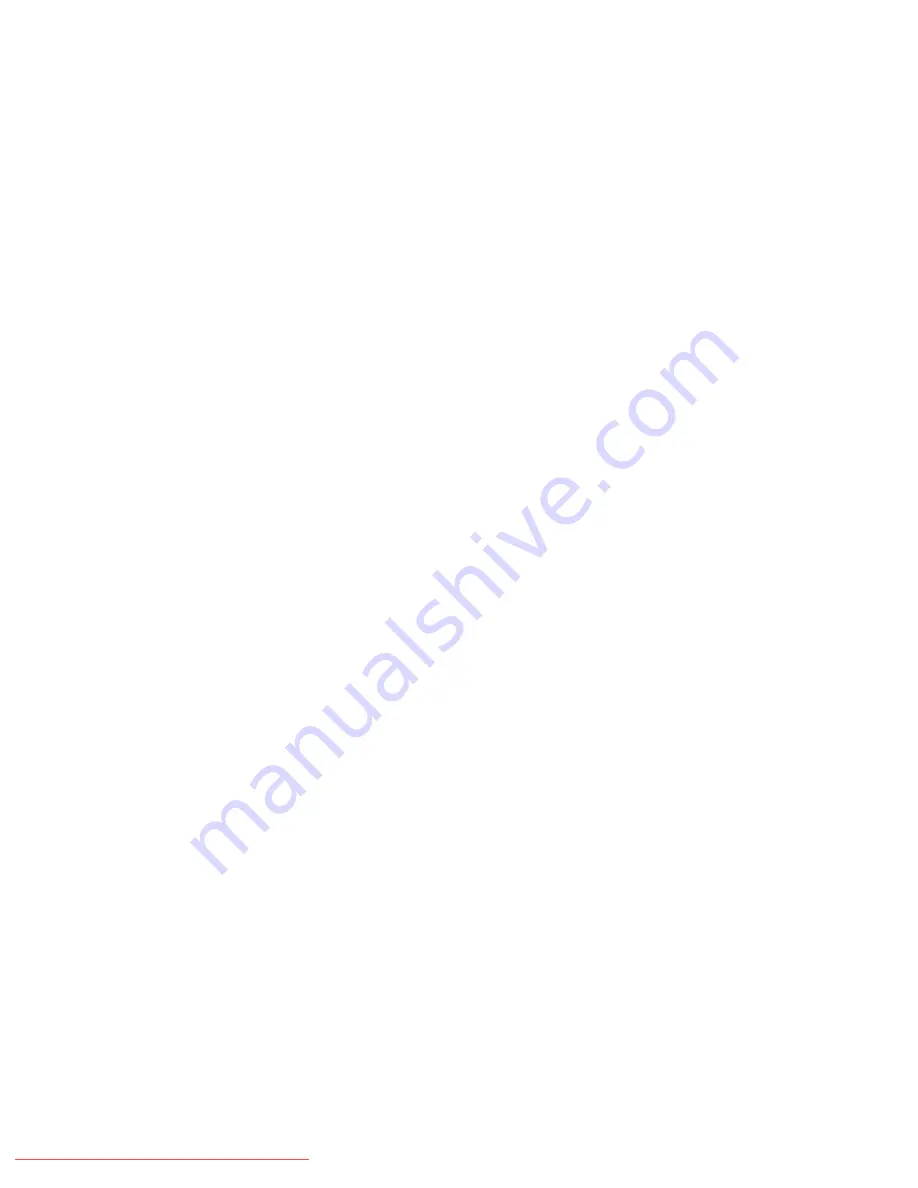
User Guide
3-21
Paper
Xerox 700 Digital Color Press
Load labels face up into the Bypass Tray, or face down into any other tray.
Do not fan the label sheets before use unless the package instructs you to do so. If jamming or multi-sheet feeding
occurs shuffle the labels before loading.
Labels consist of three layers; the face sheet, pressure sensitive adhesive and the backing or release sheet. When
printing self adhesive labels, it is best to use stock designed for use in xerographic printers. The adhesives are designed
to withstand the higher temperatures of such machines without bleeding and causing spotting or causing damage to
the internal components.
Dry gum labels (those that require moistening before being applied) can cause dry particles of glue to detach from the
backing and should not be used.
The label stock should be left in the printing environment for 72 hours before using it in the printer to allow it to adjust
to the ambient temperature.
Leave are labels sealed in their plastic wrapping until they are loaded in the printer.
Labels
Label usage hints
Due to the increased thickness of the removable stripe, no more than 100 transparencies should be loaded in a paper
tray at one time. The maximum output stack height should not exceed 100 transparencies for Trays 1-3. However, for
the Bypass Tray, do not load more than 50 transparencies in order to avoid possible jam problems.
Transparency stock is primarily used to create images that can be projected on to a screen for presentations.
Transparencies are made of polyester film coated with a chemical substance to make toner stick to it readily. Clear
transparencies allow maximum presentation space. Transparency paper and label paper can cause paper jams, and
multiple sheets can be fed to the printer at once. Be sure to carefully fan these types of paper.
Load transparencies into the Bypass Tray face up, or into Trays 1-4 face down. Be sure to select
Transparency
as the
media type on the Touch Screen.
Transparencies
Transparency usage hints
Fan transparencies to stop them sticking together.
•
Load transparencies on top of a small stack of same-size paper.
•
If a coating of fuser oil remains on the transparency after printing, remove it with a lint free cloth.
•
If a jam occurs while a transparency is printing, ensure it is completely removed before resuming printing. The
•
heat from the machine operation can cause the transparency to melt resulting in serious damage.
When continuously outputting onto transparencies, transparency sheets may sometimes stick to each other.
•
Remove transparencies from the output tray every 20 or so sheets, and fan them to cool them down.
Note
Downloaded From ManualsPrinter.com Manuals
















































